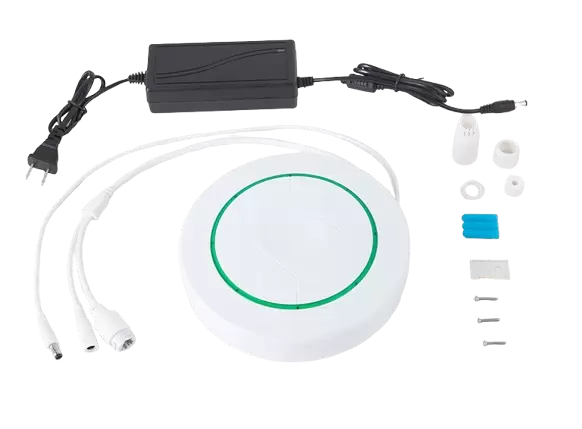In the world of electronics, precision and accuracy are paramount. Whether you are a seasoned technician or a DIY enthusiast, understanding how to effectively use an electronic tester is crucial for diagnosing issues, verifying circuit functionality, and ensuring safety. This article delves into the intricacies of electronic testers, providing a detailed guide on their types, functionalities, and best practices for use.
Understanding Electronic Testers
Electronic testers, commonly referred to as multimeters, are versatile instruments used to measure voltage, current, resistance, and other electrical parameters. They come in various forms, including analog and digital testers, each with its unique advantages.
- Analog Testers: These testers use a needle and dial to display readings. While they can be less precise than digital testers, they are often preferred for certain applications due to their ability to show trends in readings over time.
- Digital Testers: Digital multimeters (DMMs) provide numerical readings on a digital display, offering higher accuracy and additional features such as data logging, auto-ranging, and various measurement modes.
Key Features of Electronic Testers
When selecting an electronic tester, consider the following features:
- Measurement Range: Ensure the tester can measure the voltage, current, and resistance levels relevant to your projects.
- Accuracy: Look for testers with a high degree of accuracy, typically expressed as a percentage of the reading plus a number of least significant digits (LSD).
- Additional Functions: Many modern testers include features such as capacitance measurement, frequency measurement, and temperature measurement, which can be invaluable for complex troubleshooting.
How to Use an Electronic Tester: Step-by-Step Guide
Step 1: Familiarize Yourself with the Tester
Before using an electronic tester, take time to understand its layout and functions. Familiarize yourself with the dial settings, probes, and display. Most testers will have a user manual that outlines the specific functions and safety precautions.
Step 2: Safety First
Always prioritize safety when working with electrical components. Ensure that the tester is rated for the voltage and current levels you will be measuring. Use insulated probes and wear appropriate personal protective equipment (PPE).
Step 3: Measuring Voltage
- Set the Dial: Turn the dial to the appropriate voltage setting (AC or DC).
- Connect Probes: Insert the black probe into the COM port and the red probe into the VΩmA port.
- Take the Measurement: Touch the black probe to the ground or negative terminal and the red probe to the positive terminal. Read the voltage on the display.
Step 4: Measuring Current
- Set the Dial: Switch the dial to the current measurement setting (AC or DC).
- Connect Probes: For current measurement, you may need to move the red probe to a different port (often labeled 10A or mA).
- Break the Circuit: To measure current, the circuit must be broken. Connect the probes in series with the circuit.
- Read the Measurement: Observe the current reading on the display.
Step 5: Measuring Resistance
- Set the Dial: Turn the dial to the resistance (Ω) setting.
- Connect Probes: Use the same probe connections as for voltage measurements.
- Take the Measurement: Touch the probes to the component or circuit you wish to measure. The resistance will be displayed.
Best Practices for Using an Electronic Tester
- Calibration: Regularly calibrate your tester to ensure accuracy. Follow the manufacturer’s guidelines for calibration procedures.
- Avoid Overloading: Never exceed the maximum ratings of your tester. This can damage the device and lead to inaccurate readings.
- Store Properly: Keep your tester in a protective case when not in use to prevent damage from dust, moisture, and physical impact.
- Regular Maintenance: Check the probes for wear and tear, and replace them if necessary. Clean the tester’s exterior to maintain its functionality.
Conclusion
Using an electronic tester effectively requires a blend of knowledge, skill, and safety awareness. By understanding the types of testers available, familiarizing yourself with their features, and following best practices, you can enhance your troubleshooting capabilities and ensure the integrity of your electronic projects. Whether you are diagnosing a simple circuit issue or working on complex electronic systems, mastering the use of an electronic tester is an invaluable skill that will serve you well in your endeavors.




